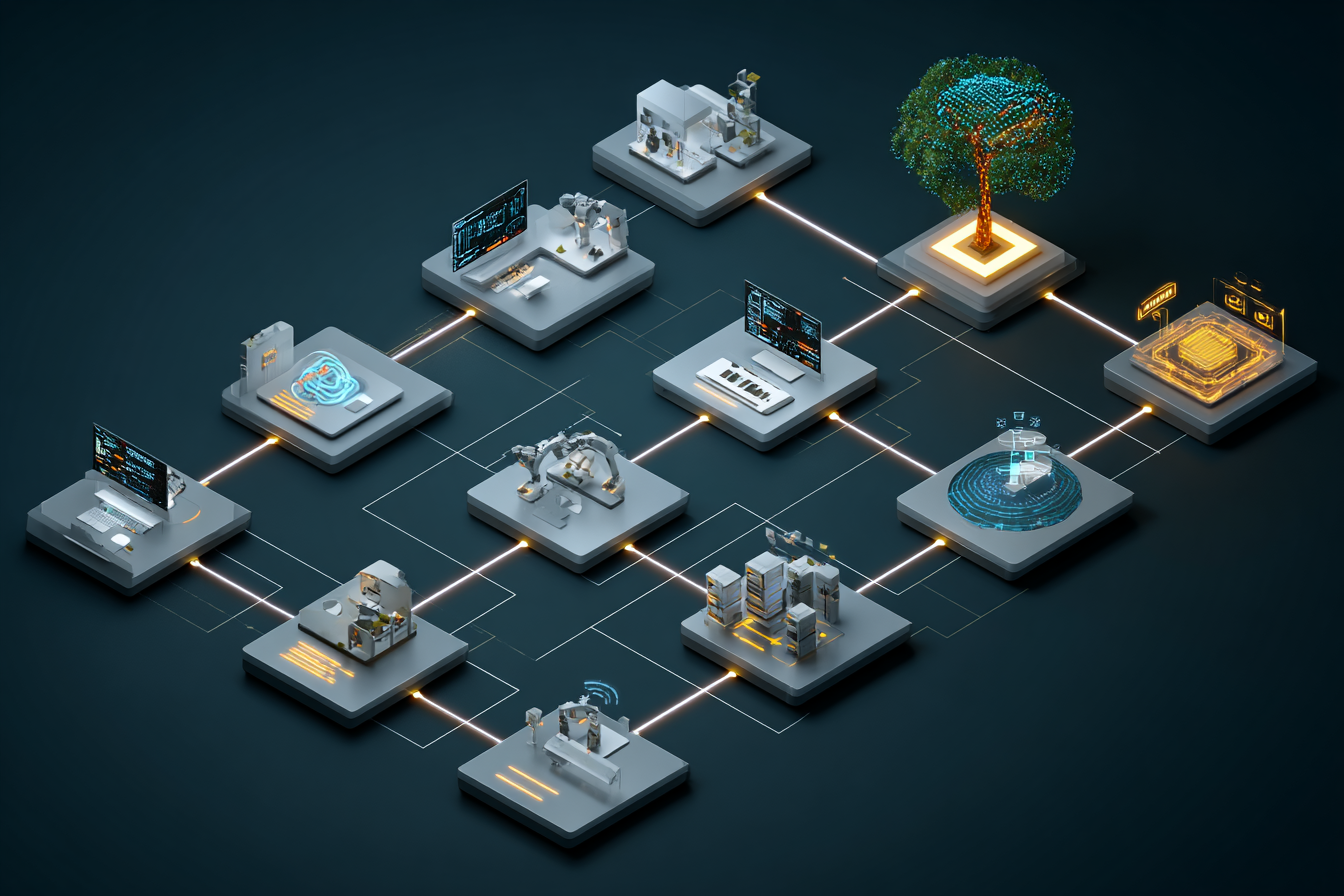Understanding the Chaos in Operational Knowledge
In many organizations, operational knowledge is scattered across different departments, tools, and formats. This chaos not only complicates access to critical information but also hampers collaboration and decision-making. According to a recent survey, teams spend up to 20% of their time searching for information rather than completing tasks. This statistic highlights the pressing need for a systematic approach to organizing operational knowledge.
How AI Transforms Knowledge Management
Artificial Intelligence (AI) has emerged as a transformative force in knowledge management. By implementing AI-driven solutions, organizations can not only aggregate knowledge but also enhance its accessibility and usability. Here’s how:
- Intelligent Document Management: AI algorithms can analyze documents, categorize them, and extract key insights, making it easier for teams to access relevant information quickly.
- Search and Discovery: Advanced AI-powered search engines can understand natural language queries and return contextual results, reducing the time spent looking for information.
- Automated Knowledge Capture: AI systems can automatically capture knowledge from various interactions (meetings, emails, chats) and store it in a centralized repository.
By leveraging these capabilities, organizations can turn chaotic operational knowledge into a structured, easily navigable resource.
Implementing an AI-driven Knowledge Management Strategy
To effectively implement an AI-driven knowledge management strategy, consider the following actionable steps:
- Assess Current Knowledge Management Practices: Take stock of how knowledge is currently stored, accessed, and utilized within your organization. Identify gaps and areas for improvement.
- Choose the Right AI Tools: Select AI solutions that align with your organization’s specific needs. Look for tools that offer functionalities such as natural language processing, machine learning, and data analytics.
- Develop a Centralized Knowledge Hub: Create a centralized platform where all operational knowledge can be stored, categorized, and accessed. Ensure it’s user-friendly and integrates well with existing tools.
- Encourage Continuous Contribution: Foster a culture of knowledge sharing among employees. Encourage them to contribute insights and updates to the knowledge hub regularly.
- Measure and Optimize: Continuously evaluate the effectiveness of your knowledge management strategy. Use AI analytics to identify trends and make adjustments as needed.
By following these steps, organizations can create an intelligent knowledge management framework that reduces chaos and enhances clarity.
Innovoe’s Role in Your Transformation
At Innovoe, we specialize in building AI-first software solutions that streamline operational processes and improve knowledge management. Our team can help you implement custom LLM-based applications tailored to your specific needs, ensuring that operational knowledge is organized and accessible.
By partnering with Innovoe, you can leverage our expertise to transform your operational knowledge from chaos to clarity, enabling your teams to focus on what truly matters—driving innovation and growth.
Start your journey towards a more organized and efficient operational framework today. Contact us for a consultation.

